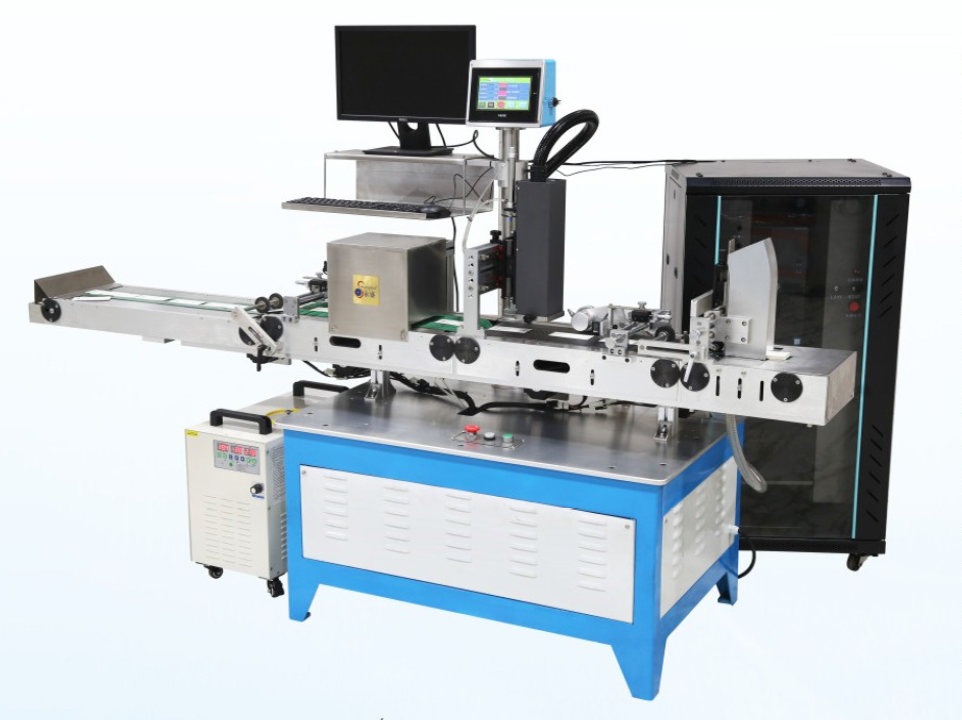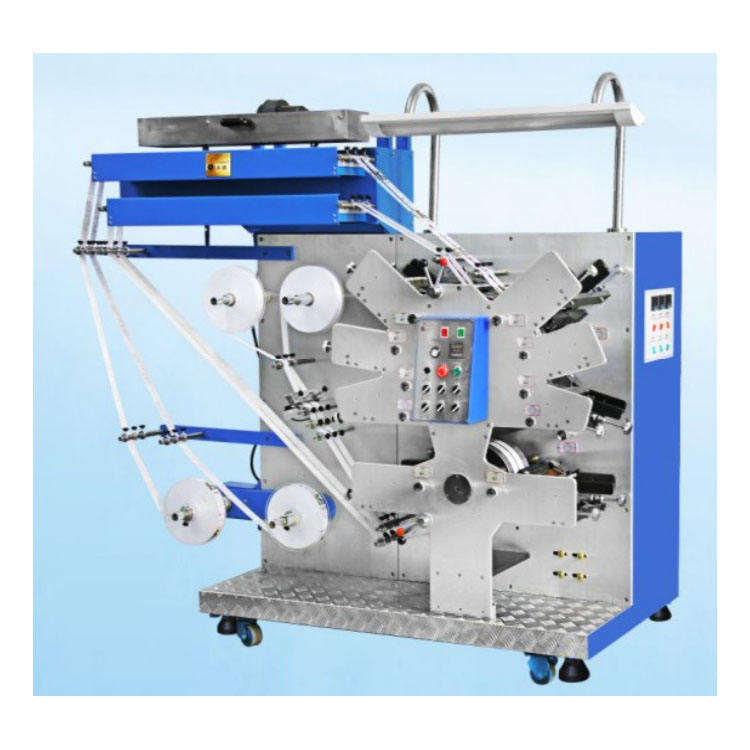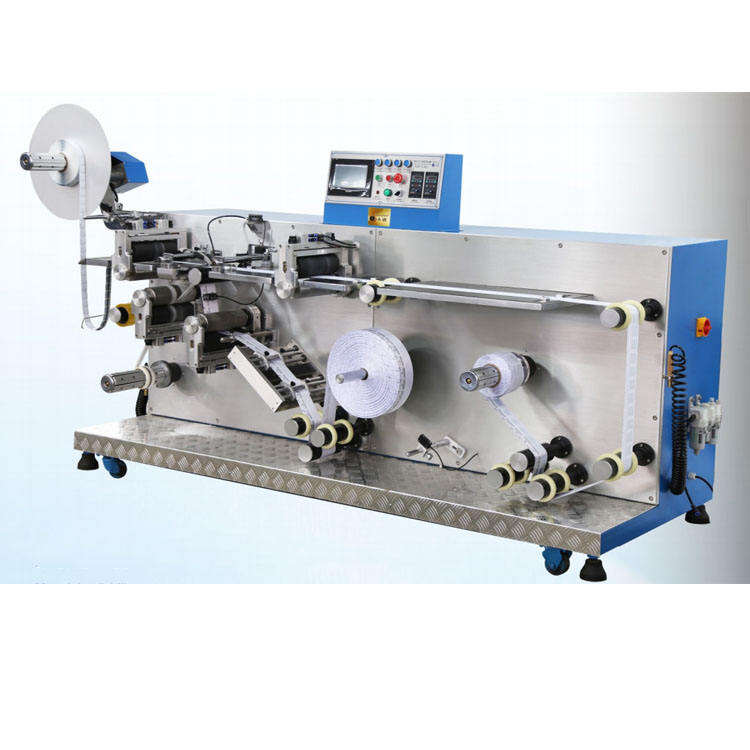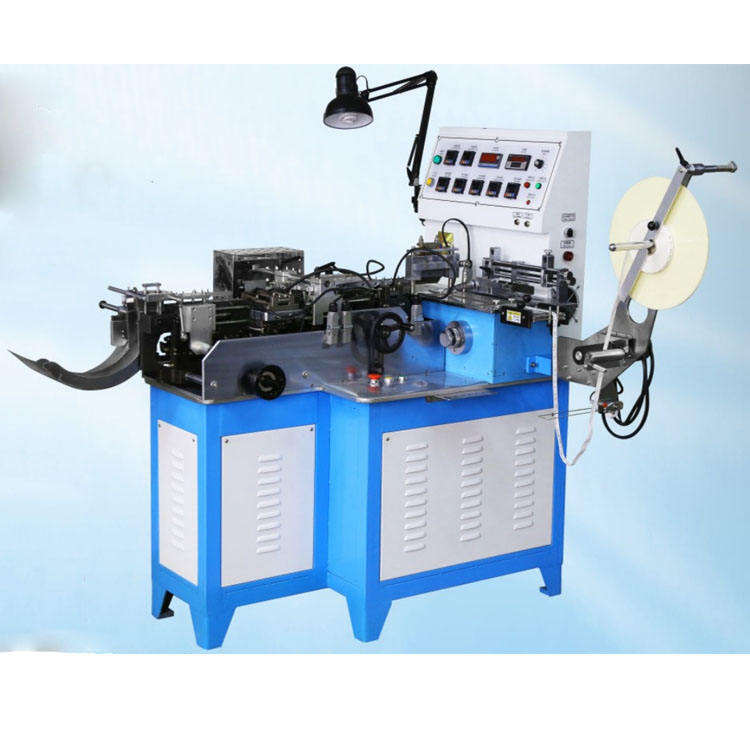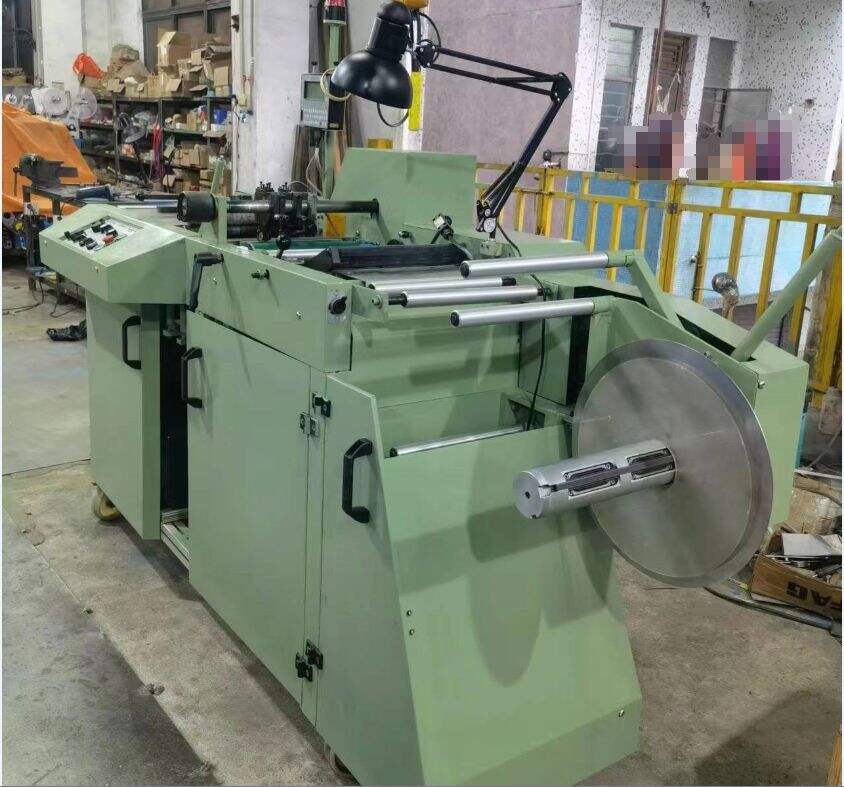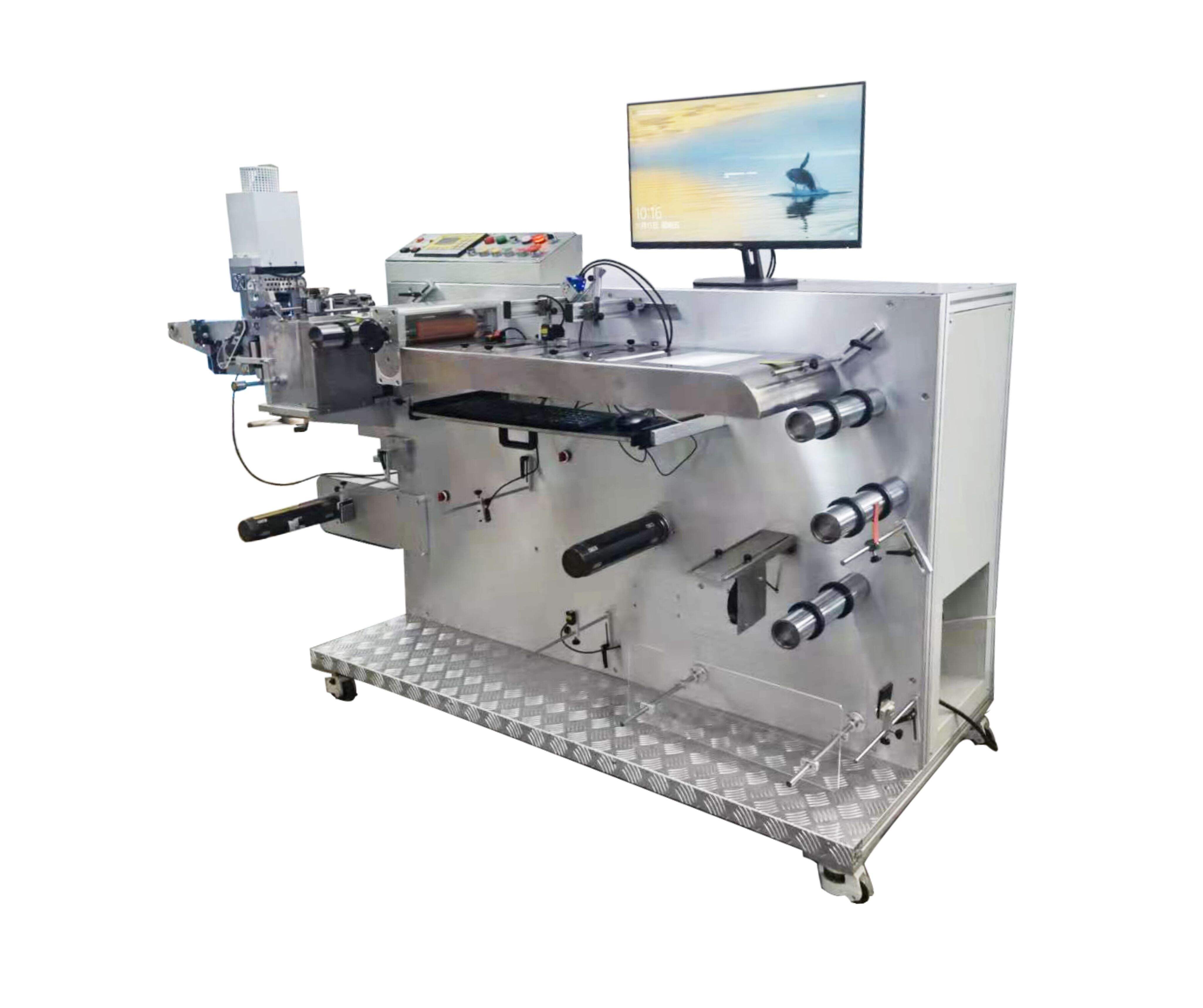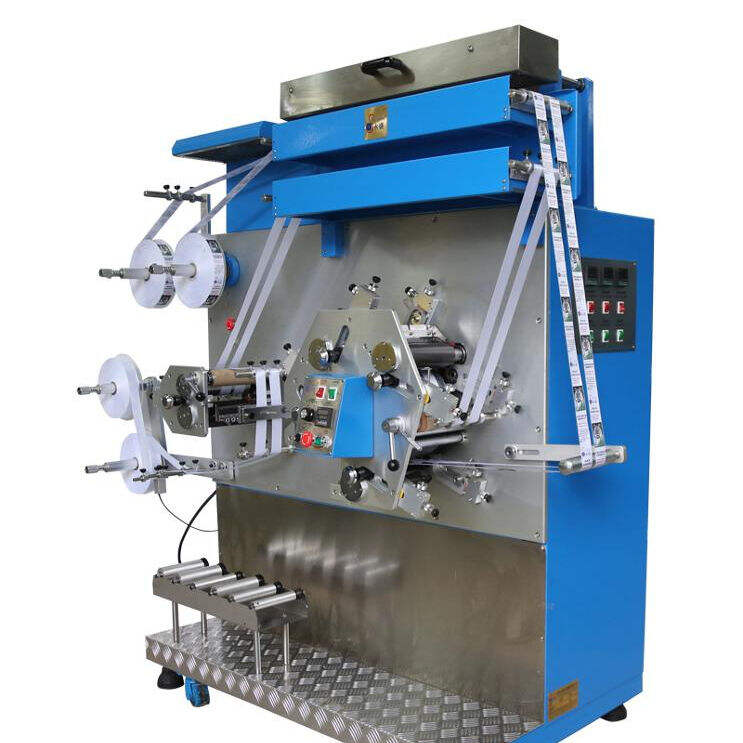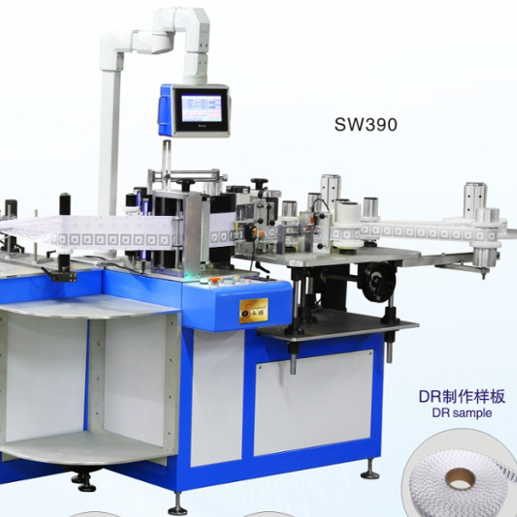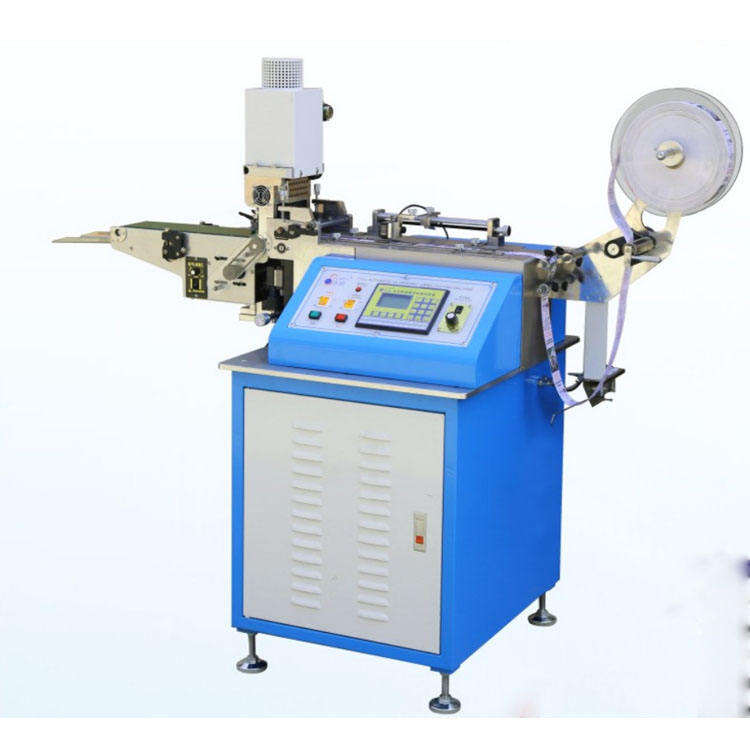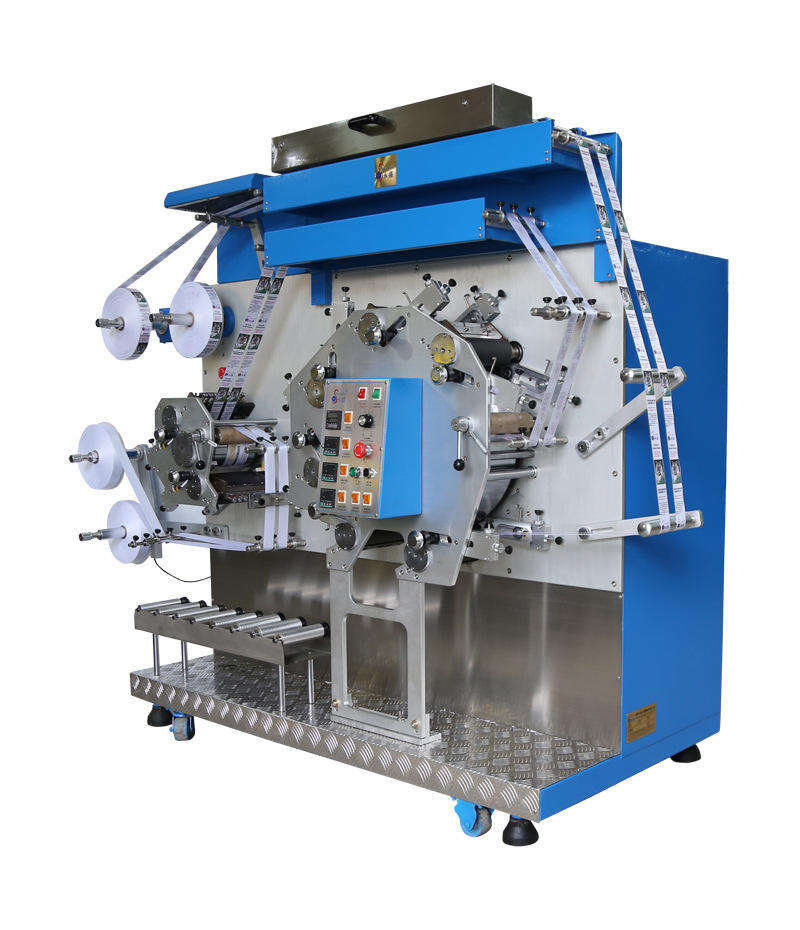What Maintenance Practices Extend the Lifespan of a Cut Fold Machine?
Essential Maintenance Strategies for Industrial Cut Fold Equipment
Cut fold machine maintenance stands at the heart of efficient production operations in print shops, packaging facilities, and manufacturing plants worldwide. These sophisticated pieces of equipment represent significant investments, and their optimal performance directly impacts productivity and profitability. Understanding and implementing proper maintenance practices not only ensures consistent output quality but substantially extends the operational life of these valuable machines.
Modern cut fold machines combine precision engineering with advanced automation, making them both powerful and complex. Their ability to handle various materials while maintaining accurate folds and clean cuts depends entirely on how well they're maintained. Let's explore comprehensive maintenance strategies that will help protect your investment and maximize its service life.
Daily Maintenance Fundamentals
Clean Operation Protocols
Establishing rigorous cleaning protocols forms the foundation of effective cut fold machine maintenance. Daily cleaning should focus on removing paper dust, debris, and material residue that naturally accumulates during operation. Operators should use compressed air to clear delicate components and appropriate cleaning solutions for rollers and belts. This prevents material buildup that could affect alignment and cutting precision.
Special attention must be given to cutting blades and folding mechanisms, as these areas tend to collect the most debris. Implementation of a cleaning checklist ensures no crucial areas are overlooked during daily maintenance routines.
Inspection and Adjustment Procedures
Regular visual inspections help identify potential issues before they develop into serious problems. Operators should check belt tension, roller alignment, and blade condition at the start of each shift. Making minor adjustments during these inspections prevents degradation in fold quality and maintains consistent production standards.
Documentation of daily inspections creates a valuable record of machine performance and helps identify patterns that might indicate developing problems. This proactive approach to cut fold machine maintenance significantly reduces unexpected downtime.
Preventive Maintenance Schedule
Weekly Maintenance Tasks
Weekly maintenance focuses on more detailed inspections and adjustments that build upon daily care routines. This includes lubricating all moving parts according to manufacturer specifications, checking and adjusting belt tensions, and calibrating sensors. Proper lubrication is particularly crucial for preventing wear on mechanical components.
Teams should also verify the accuracy of cutting and folding measurements weekly, as slight deviations can compound over time and lead to quality issues. Regular calibration ensures consistent product quality and reduces material waste.
Monthly System Evaluations
Monthly maintenance involves comprehensive system checks and more intensive cleaning procedures. This includes detailed inspection of electrical connections, testing safety systems, and evaluating overall machine performance metrics. Technicians should also assess wear patterns on critical components to anticipate replacement needs.
During monthly evaluations, maintenance teams should also review and update maintenance records, ensuring all documentation is current and accurately reflects the machine's condition and service history.
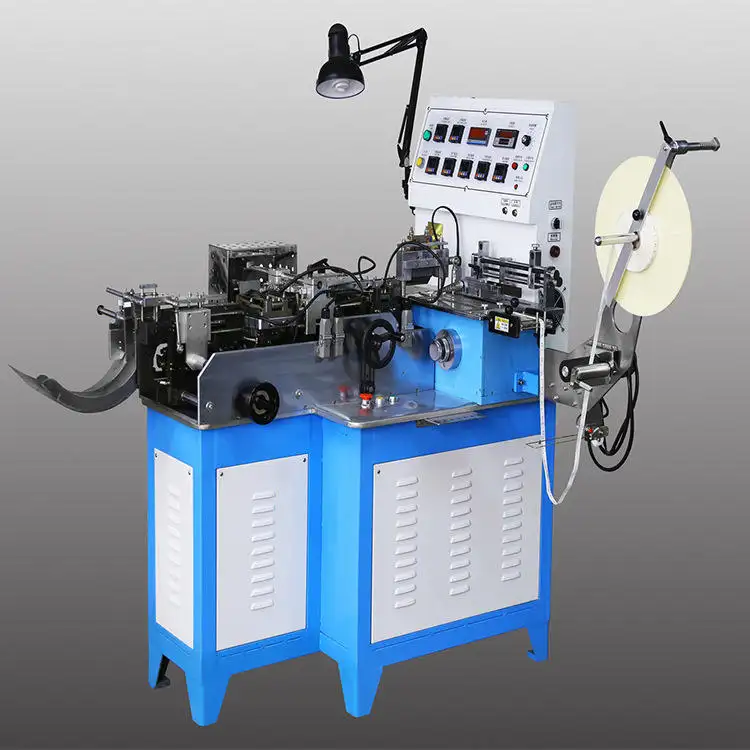
Component Care and Replacement
Cutting Blade Management
Proper care of cutting blades directly impacts both production quality and machine longevity. Regular blade rotation and replacement schedules should be established based on usage patterns and material types. Maintaining sharp, well-aligned blades reduces strain on the entire cutting mechanism.
Training operators to recognize signs of blade wear ensures timely replacement and prevents quality issues. Implementation of a blade management system helps track usage and maintains optimal cutting performance.
Folding Mechanism Optimization
The folding mechanism requires special attention as it experiences constant wear during operation. Regular adjustment of folding plates, scoring wheels, and guide rails maintains precise fold accuracy. Proper tension settings on fold rollers prevent slippage and ensure consistent results.
Periodic calibration of fold settings for different material types helps maintain flexibility in production capabilities while ensuring optimal machine performance across various job specifications.
Advanced Maintenance Considerations
Electronic Systems Management
Modern cut fold machines rely heavily on electronic controls and sensors. Regular testing and calibration of these systems prevent operational errors and maintain precise production tolerances. Software updates should be applied as recommended by manufacturers to ensure optimal performance and security.
Maintaining detailed logs of electronic system performance helps identify potential issues before they cause significant problems. Regular backup of machine settings and programming prevents production delays in case of system resets.
Preventive Part Replacement
Implementing a proactive parts replacement strategy prevents unexpected breakdowns and extends machine life. This includes identifying components with known wear patterns and replacing them before failure occurs. Maintaining an inventory of critical spare parts ensures quick resolution of any issues that do arise.
Creating a detailed replacement schedule based on manufacturer recommendations and actual usage patterns optimizes maintenance costs while maximizing machine reliability.
Training and Documentation Practices
Operator Training Programs
Comprehensive operator training is essential for proper cut fold machine maintenance. Regular training sessions should cover daily maintenance procedures, troubleshooting techniques, and proper operation protocols. Well-trained operators can identify potential issues early and maintain optimal machine performance.
Documentation of training programs ensures consistency in maintenance practices across different shifts and helps new operators quickly achieve proficiency in machine care.
Maintenance Record Keeping
Accurate maintenance records provide valuable data for optimizing machine care routines. Detailed documentation should include all maintenance activities, repairs, part replacements, and performance metrics. This information helps identify patterns and predict maintenance needs.
Regular review of maintenance records helps refine maintenance schedules and procedures, ensuring the most effective use of maintenance resources.
Frequently Asked Questions
How often should cutting blades be replaced in a cut fold machine?
Cutting blade replacement frequency depends on usage patterns and materials processed. Generally, blades should be inspected daily and replaced when signs of wear appear, typically every 3-6 months under normal operation. Regular rotation of blades can extend their service life.
What are the signs that indicate a cut fold machine needs immediate maintenance?
Key indicators include inconsistent fold quality, unusual noises during operation, misaligned cuts, increased paper jams, or visible wear on belts and rollers. Any change in normal operating sounds or performance should trigger immediate inspection and maintenance.
How can proper maintenance improve production efficiency?
Regular maintenance ensures consistent operation, reduces downtime, maintains product quality, and prevents costly repairs. Well-maintained machines operate at optimal speeds, produce less waste, and require fewer adjustments during production runs, ultimately improving overall efficiency and reducing operational costs.
What role does environmental control play in machine maintenance?
Environmental factors significantly impact machine performance and longevity. Maintaining proper temperature and humidity levels prevents paper feeding issues and reduces stress on mechanical components. Regular cleaning of air filtration systems helps protect sensitive electronics and moving parts from dust and debris.
Recommended Products
Hot News
-
Reflect On The Cultural Significance Of The Printing Press In Preserving And Disseminating Knowledge
2023-12-08
-
The Role Of The Printing Press In The Global Economy
2023-12-08
-
Environmental Impact: Analyzing The Environmental Footprint Of The Printing Industry
2023-12-08
-
The Frontier Of Printing: 3d Printing And Its Industrial Renaissance
2023-12-08
-
The Evolution And Impact Of The Printing Press
2023-12-08
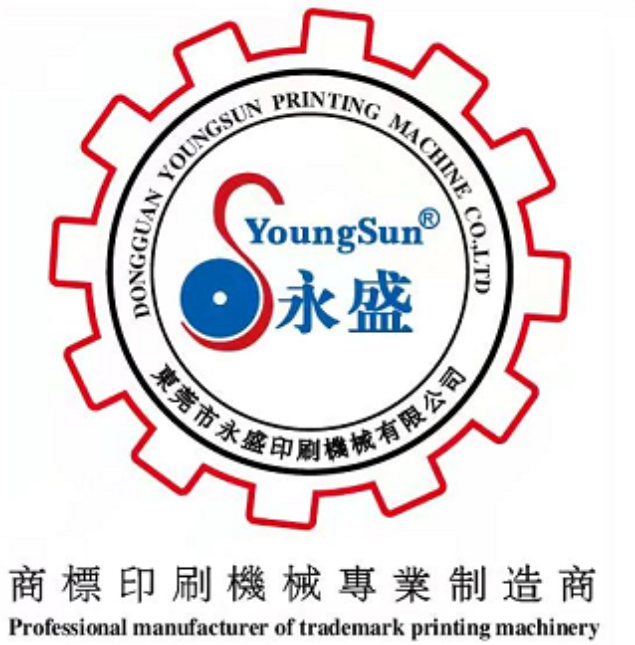
 EN
EN
 AR
AR
 CS
CS
 DA
DA
 NL
NL
 FI
FI
 FR
FR
 DE
DE
 EL
EL
 HI
HI
 IT
IT
 JA
JA
 KO
KO
 PL
PL
 PT
PT
 RO
RO
 RU
RU
 ES
ES
 SV
SV
 IW
IW
 ID
ID
 VI
VI
 SQ
SQ
 HU
HU
 MT
MT
 TH
TH
 TR
TR
 AF
AF
 GA
GA
 BN
BN
 BS
BS
 LO
LO
 LA
LA
 MI
MI
 MN
MN
 NE
NE
 MY
MY
 KK
KK
 UZ
UZ
 KY
KY
